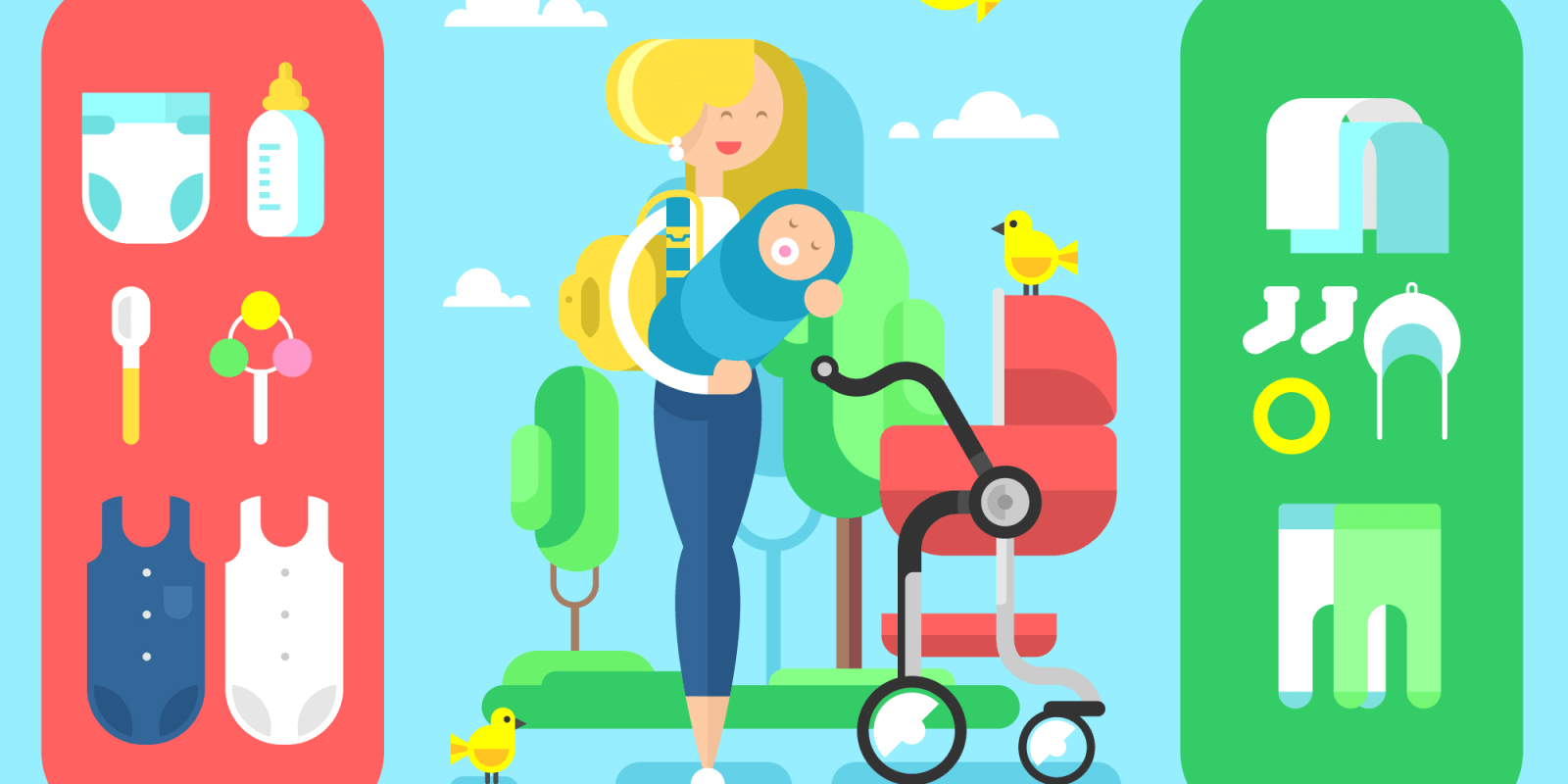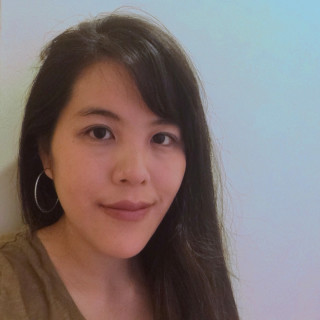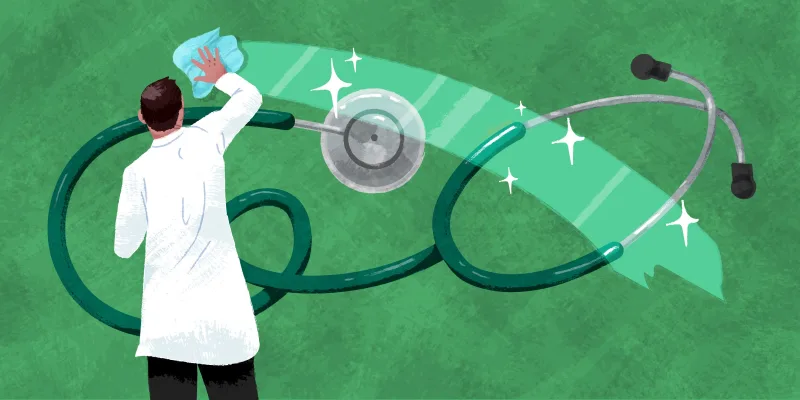
I met Kim when she brought her baby into our community health center for his two-month well visit. At 5 feet 3 inches tall, Kim looked less than 100 pounds. Although she was very caring with her son, she avoided my eye contact when I spoke to her. When I began the visit by asking her what questions she had for me, she said, "Uh well, I gotta start school again and he won’t take a bottle." Spring semester of her freshman year of high school began next week and the baby wouldn’t take anything but the breast.
I was new to the clinic at the time and came to learn more about Kim’s family through speaking with my pediatrician colleagues who had been there longer and knew the clinic population well—knew Kim’s family well. They told me that Kim was the oldest child of seven, that her mother was currently pregnant again, and that each child had a different father. They also told me that the office staff all knew Kim’s mother because she so frequently came into the clinic for her own care.
"But, her kids’ appointments? They are always no-show," the front desk ladies told me. "So the docs always tell us to double book other patients on their appointments."
Sharon, the medical assistant I primarily worked with, nodded and said, "And, if they do come, they always come right before we close."
That afternoon, I met Kim, we spoke at length about all things having to do with caring for a two-month old infant. We talked about eating, sleeping, peeing, and pooping. We talked about the vaccinations her baby would receive at the end of the visit, and about fevers and Tylenol doses. We also talked about how to make it possible for her to both take care of her son and continue going to high school. We talked about her options related to pumping, formula, bottles, and nipples. And, I reminded her to take care of herself, too. At the end, I put a hand on her shoulder and told her she was doing a wonderful job and that her son was adorable. She didn’t look at me, but I saw a hint of a smile before she kissed her baby.
I met Kim’s mother about two weeks later. A winter storm had come in that late afternoon, the sort with wind gusts that make sleet feel like shards of glass cutting into your cheek. It was 4:50 p.m. when Kim’s mother walked in to our clinic.
"Evelyn, should I tell them to come back tomorrow?" asked Cathy, who worked at the front desk. She had her puffy jacket on already. "You know our last appointment is at 4:30 p.m."
I looked outside. The sky had turned thick and dark, and tree branches were bending over under the howling wind and angry lashes of wintry mix. And, in the waiting room I saw Kim holding her baby in a blanket, Kim’s two younger sisters drenched in water, and Kim’s mother with a bassinet. They must have walked from their home to the clinic.
"No no, I’ll see them, I’ll see them," I insisted.
I walked into our waiting room with a roll of paper towels and greeted Kim. Then, I turned to her mother and said, smiling, "Hi, are you Kim’s mother? It’s so nice to meet you."
"Now look here," Kim’s mother immediately said. "I usually see the other doc but they said she’s out today. You gotta look at my son’s peepee, I got it done in the hospital and it looks funny so you gotta look at it, that’s why we walked all the way here. You gonna look at him today? Because I came all the way here and if you’re gonna tell us to come back tomorrow, I’m telling you I’ve had it with this place."
"Yes, we’ll make sure your baby is okay," I calmly said as Kim’s mother bent down to unbuckle her 10-day-old son from the bassinet. She was dripping water all over the bassinet, so I grabbed some paper towels and wiped the melted sleet off her back. I told Kim’s mother to go ahead through the waiting room door so Sharon could get vitals on the newborn. I could hear Kim’s mother loudly telling Sharon the same thing she had told me.
Turning to Kim, I exclaimed that she had walked all the way here in the storm. Kim seemed not to notice how water was dripping off her face, or how she was standing in the middle of our hardwood-floored waiting room with puddles around her feet. Or, perhaps it wasn’t as big of a deal to her as it was to me—someone who grew up in middle-class Texas suburbia.
"How’s my favorite little guy?" I asked, taking a peek at Kim’s son snuggled against her chest. "Is he okay? Am I seeing him today, too?"
I expected Kim to shrug her shoulders, look down, and quietly mutter something I could barely hear. But Kim looked up, made solid eye contact with me, gave me a big smile and said, "No, he’s good, I just came to tell you that I did it… I finally got him to take a bottle!"
I drove home in the storm that evening thinking about the trajectory Kim’s little boy could go down. I saw the world into which he been born: a world where his grandmother had seven kids from seven different men, a world where his mother was only a freshman in high school, a world where he might never know his father. I thought about the multiple health risk factors stacked up against him simply because of where he was born into this zip code instead of that, this house instead of that house, this family instead of that family. And I thought about his mother, Kim, who had been born into the same situation, the daughter of a teen mom, now a teen mom herself. Would she be able to finish high school? I worried that the care, counseling, and anticipatory guidance I provided was nothing in comparison to looming structural barriers such as type of health insurance, household income, and transportation options.
But, then my thoughts turned to the image of 14-year-old Kim walking in the storm with her baby to tell me, with brightened eyes and a genuine smile, "I did it…I finally got him to take a bottle." Yes, small steps—one thing at a time.
Evelyn Lai is a pediatric nurse practitioner as well as a 2018–2019 Doximity Author.
Disclaimer: All names within the story have been changed for privacy reasons.
Image: Kit8.net / shutterstock







